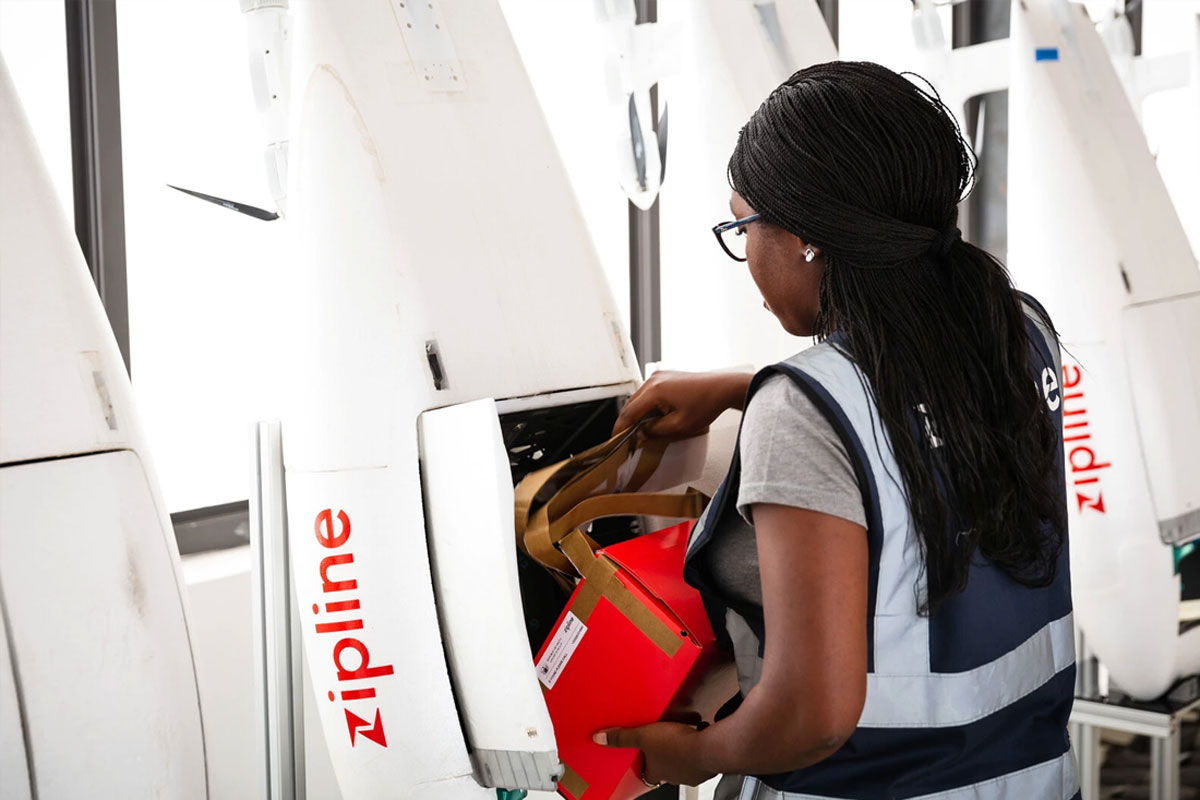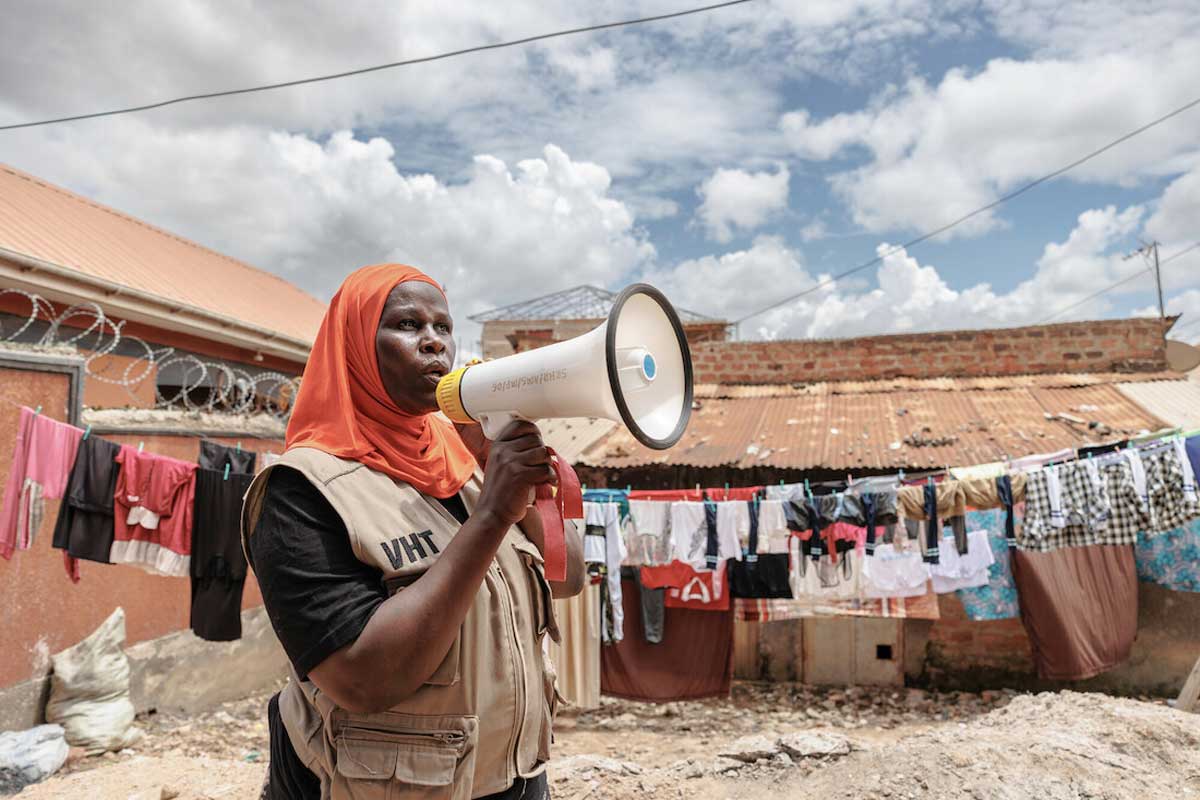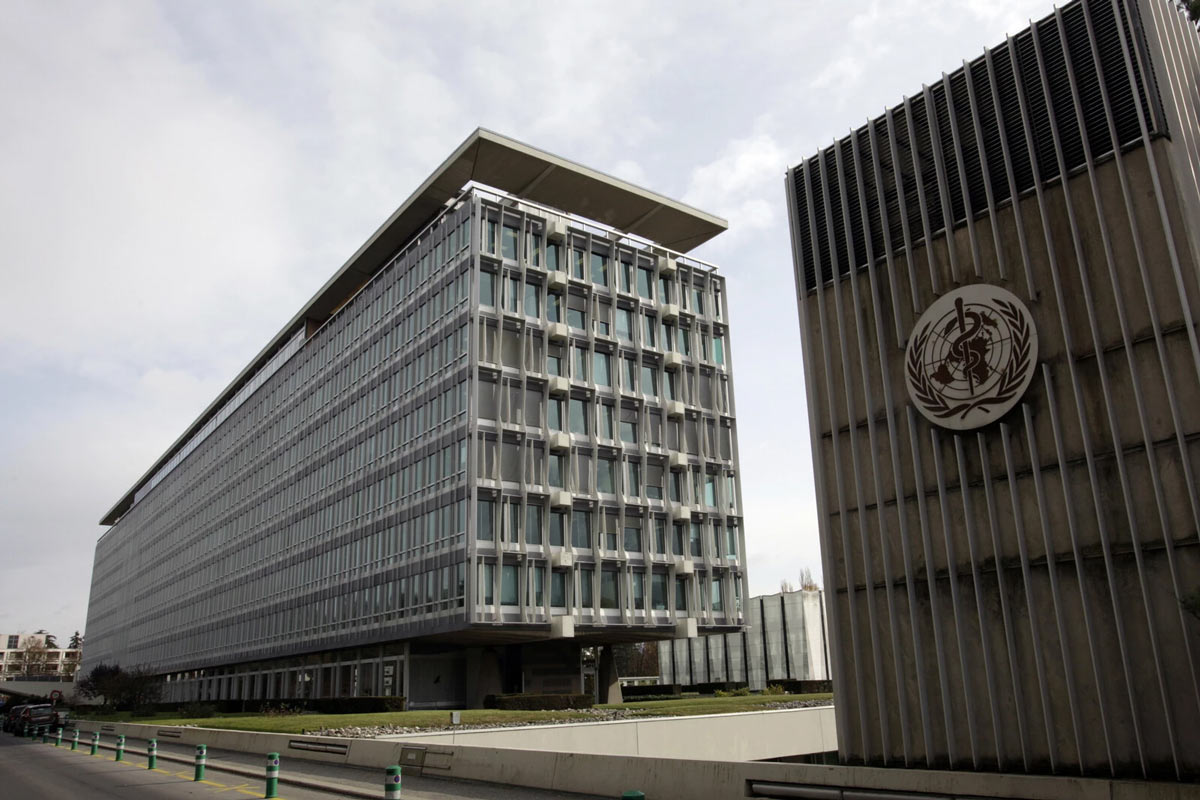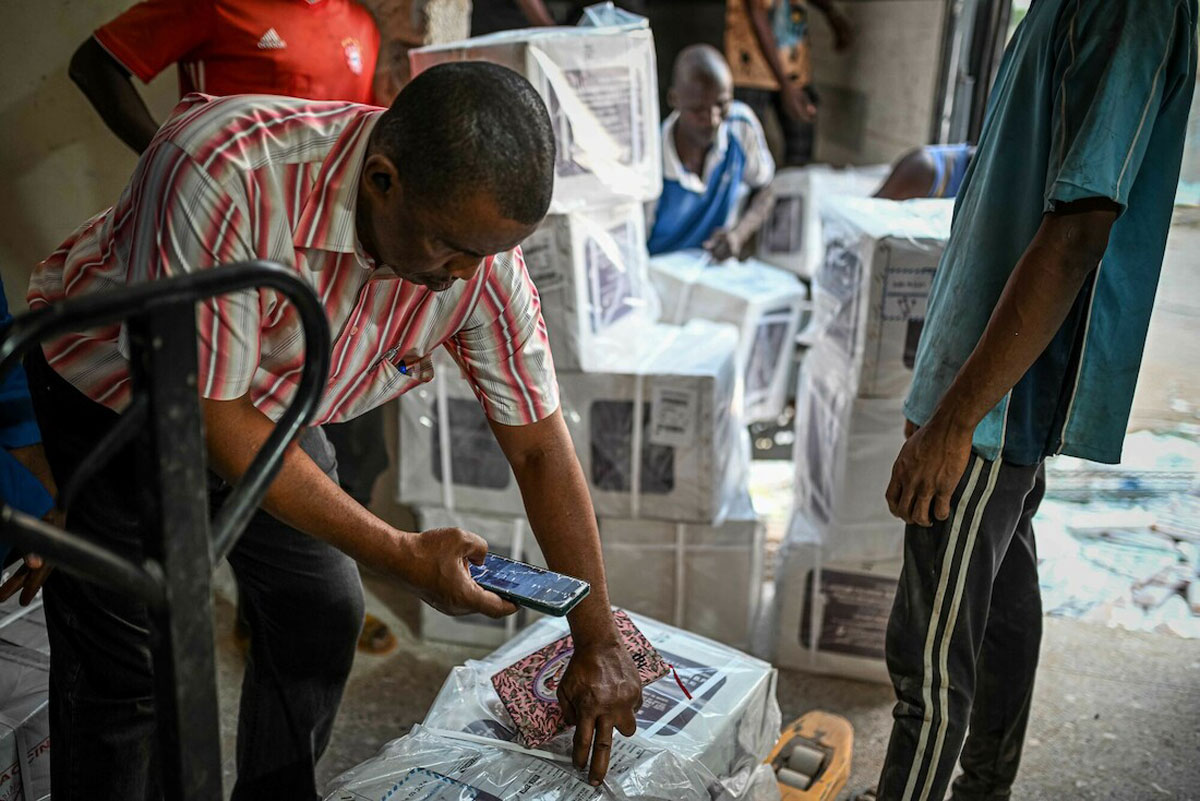How virtual reality could help reduce vaccine hesitancy
A new study suggests that by engaging people in immersive, gamified experiences, virtual reality could drive home the importance of vaccination.
- 22 March 2022
- 3 min read
- by Priya Joi
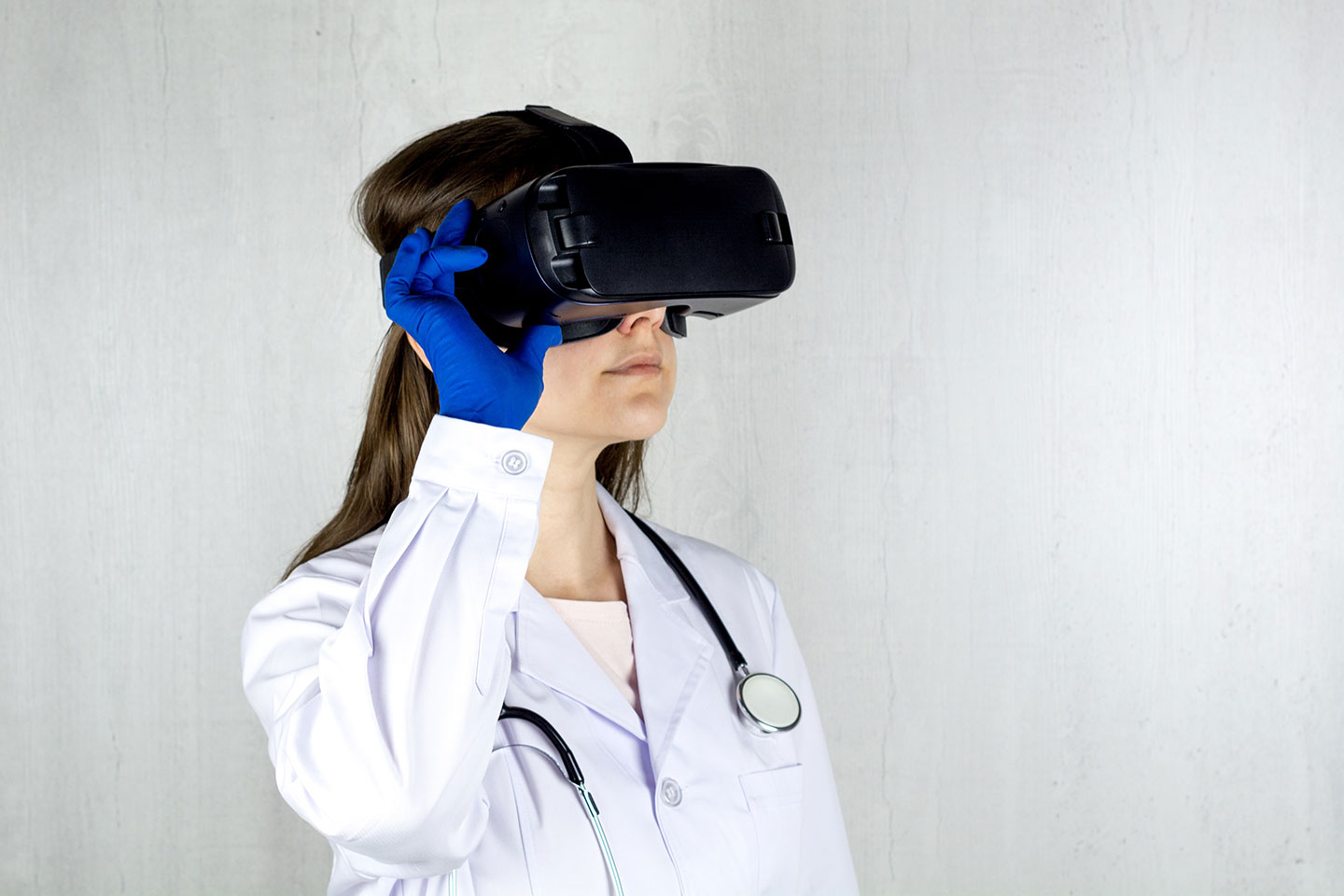
What is the research about?
Vaccine hesitancy is complex and people may be unsure about taking a vaccine for many reasons. New research in Nature investigated the potential for engaging experiences in immersive virtual reality (VR) to strengthen participants’ understanding of community or herd immunity and, therefore, their intention to get vaccinated.
The results indicated that immersive VR offers promise for future health communication, and researchers could adapt it so that future versions improve the experience’s narrative, or create more empathy with a main character who is especially vulnerable to the target disease.
What did the researchers do?
The scientists recruited 232 participants who were randomly assigned to experience the collective benefit of herd immunity in a gamified immersive virtual reality environment (two-thirds of participants) or to receive the same information via text and images (one third of the sample number).
In the VR simulation, participants must either try not to infect other non-player characters in a virtual scene, or try not to get infected by them. All participants play two scenarios, one in which few are vaccinated, followed by an environment where many are vaccinated. The simulation allows people to experience herd immunity from a first-person perspective, understanding how much more slowly infection spreads when vaccination rates are high versus when they are low.
Before and after the intervention, participants were asked to indicate the likelihood from zero to 100 that they would take up a hypothetical vaccine for a new COVID-19 strain and their belief on a scale of one to seven in vaccination as a collective responsibility.
Have you read?
What did they find?
Both interventions raised people’s intention to be vaccinated, though the virtual reality experience did so much more. After the VR treatment, for participants who were unsure about vaccination, intention increased by 9.3 points. For those in the text-and-image group, vaccination intention was raised by 3.3 points. The VR treatment also increased a sense of collective responsibility by 0.82 points.
The researchers suggest that, compared to other media, VR may work better to remind people of their responsibility to society and the benefits they may see themselves because “it facilitates a high level of presence (the feeling of being in the virtual environment) and agency (the psychological experience of controlling one’s own actions), which results in higher levels of enjoyment and engagement”. Being highly engaged and immersed in the experience can allow people to actually gain insight into other people’s experiences and empathise with others’ suffering when they are sick.
What does this mean?
The results indicated that immersive VR offers promise for future health communication, and researchers could adapt it so that future versions improve the experience’s narrative, or create more empathy with a main character who is especially vulnerable to the target disease.
Given the importance of communicating the importance of vaccines to young and healthy people who may not see the value of vaccines immediately, gamified experiences could add to traditional communication channels in reducing vaccine hesitancy.




